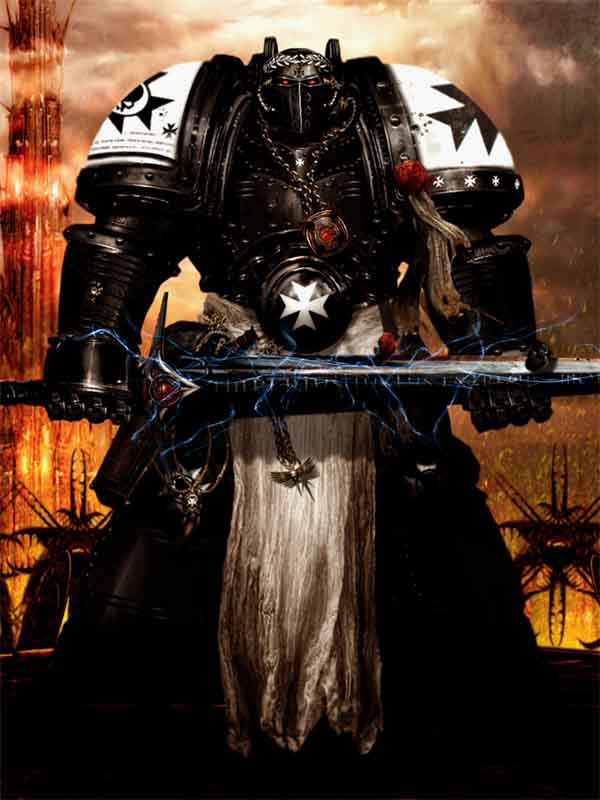I was listening to Antaeus’ Cut Your Flesh and Worship Satan the other day and found myself thinking “This is pretty awesome metal coming from France!”. After all, France is not a very metal country, so the surprise is not, itself, surprising. At best, that country has produced a few flukes like giants Massacra and obscure Mutiilation, a product of Les Légions Noires’ elite circle. It is my contention that true metal art loci arise in such elite circles in very particular conditions and in reaction (metal is, to a certain point, what detractors of realism in a deluded society call “contrarian”) to different but at some level similar kinds of environments in which strong and perceptive minds fight an intellectual battle against a modern, peaceful yet poisonous complacency. Therefore, we may also clarify that metal proper is not a protest music. Protest belongs to a class warfare, while metal abstracts itself from both the futility of human rejection of reality and the petty strife caused by ignorance and incomprehension of our relative place in an uncaring universe. Not an evil universe as some fairy tales say, but an indifferent universe that could only care about humans as much as we care about a microbe that dies on the surface of our skin without ever even registering in our conscience in any way.
What does it take to be infused with the primordial essence of metal? Individual paths to a certain illumination over which we do not have total control? Metal is, after all, not made of the same matter as intellectually and experimentally-driven traditions such as classical music. We may learn certain methodologies that will better focus inspiration and drive, but the metal way is the way of the mystic, the way of spiritual transcendence. As with any opposition to esoteric affairs, there will be outcries against the allusions to an ultra-physical dimension in the wording, perhaps pointing out that metal has traditionally been strictly realist to the point of nihilism. But for those who understand what it means, mystic references will carry the point home without there being any suspicion of a contradiction. The mystic way is the use of images as passageways to vantage points that are unreachable through common language and from which we can see behind the frontispiece of human constructions.
Simple statistical scans of data from bands in different countries and at different times that it is also not a the healthy “scene” that brings about excellence. Scenes bring about scenesters and poseurs, not better music. For the better part of this last week, I had been on a mission to try and discover lost gems from among Central American bands (that means Guatemala down to Panama, for the geographically impaired). The task is not so easy, but I thought I might cover a lot of ground by first heading to Metal Archives (a very useful resource worked tirelessly by the plebeian masses of metal underlings that think any third-rate metal band around the corner is worth documenting) and looking at the entries of lists by country. Although the number of entries per country varied wildly in relation to their sizes (from 30+ in Nicaragua to almost 200 in Costa Rica), after scanning the lists and listening to songs from each of the bands in the lists, one finds out that only a similar number of bands from each country would pass the high-level standards of metal we espouse here. That our “judgement” is suitable or not is not the point and is irrelevant to this point. The point is that a comparatively huge scene like Costa Rica’s did not yield more quality music in terms of composition than the meager offerings of Nicaragua or Honduras. Costa Rica’s larger scene, in great part fomented by a larger population and improved economic conditions, boasts of many albums with European-level metal production, abundant professional musicianship and and more gifted performers. All that is for nothing, at the end of the day.
This is also true for classical music, but it will not be discussed here for it requires a little more research about its particular condition to assert anything further. Metal flourishes not from fully-formed scenes, but rather from individuals in intellectually-challenging or adverse landscapes that choose not to fight social convention or status quo as such from within, but seek to escape it altogether after recognizing how nonsensical it is to submit to human imagination is if it were reality. Our minds are innately equipped with the machinery to see things in terms of illusions, essences and constructions. In the end, it is unavoidable. But it is in the individual to decide whether the illusion will dominate him or he will use it as a tool to carve his path through the uncertainty of chaos. Scenes, as human social circles that promote tolerance for the mediocre, are completely unfit to give birth or nurture creators — only perhaps shadows of them that bring more of the same or complete nonsense that does not amount to music.
Does this mean that we should stop trying to make metal as individual artists if we do not consider ourselves to be chosen? Not at all. Those we could consider somehow chosen (the patriarch Iommi, Hanneman, Quorthon, Warrior, Vikernes — frankly, I do not think death metal produced any such luminaries) were not self-referential assholes who believed themselves to be some sort of Messiah. Rather, they worked single-mindedly at their craft. While they were immersed in that and that goal remained the sole focus of their efforts, their music grew and expanded, building ever higher towers whose tops penetrated and seared the stratosphere in spite of scorching winds and burning ice. Experimentalists, retro-acts and self-professed proggers with no direction, on the other hand, kept running around in circles chasing their tails in a puddle of filth. Besting the destructive cyclones of hail that make short work of feeble-minded, the true leaders crossed boundaries and opened doors that were locked. But these accomplishments are built on two equally important pillars. The first is the struggle in the midst of intellectual adversity. The second is tradition.
29 CommentsTags: 2015, Antaeus, Black Metal, Hanneman, Iommi, Les Légions Noires, metal, mütiilation, quorthon, The Emperor's Champion, Vikernes, Warrior



